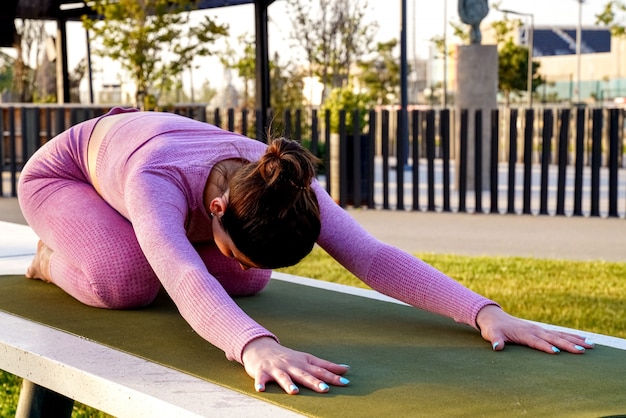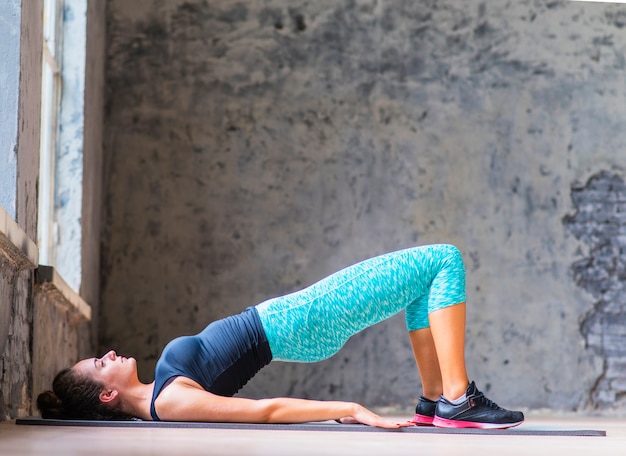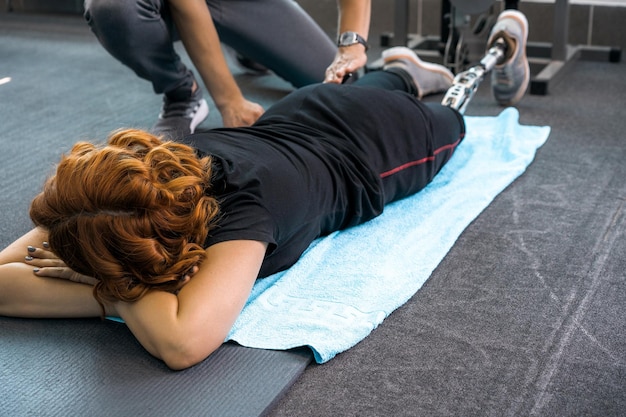Stretching is often seen as a simple add-on to a workout, but its impact on overall health—especially heart health—is more significant than many realize. With two primary types—static and dynamic stretching—choosing the right one at the right time can influence not just flexibility and performance, but also cardiovascular well-being. This article breaks down the differences, benefits, and best practices backed by science to help you make informed choices.
Static stretching involves holding a stretch in a fixed position for 15–60 seconds, such as touching your toes and staying there. It’s commonly used after workouts to improve flexibility and reduce muscle tension.
Dynamic stretching, on the other hand, uses controlled movements that take muscles through their full range of motion—like leg swings or arm circles. These are typically performed before physical activity to warm up the body.

While stretching isn’t a cardiovascular exercise like running or cycling, it supports heart health in indirect but meaningful ways. Regular stretching improves circulation, reduces arterial stiffness, and helps lower blood pressure—all factors linked to reduced risk of heart disease.
A study published in the Journal of Physical Therapy Science found that participants who engaged in daily static stretching experienced improved vascular function, similar to the benefits seen with light aerobic activity. This suggests that even gentle stretching can positively affect blood flow and arterial health.
Static stretching is most effective after exercise or during cool-down routines. It helps relax muscles, reduce soreness, and improve long-term flexibility. For heart health, incorporating static stretches into a daily routine—especially in the evening—can promote relaxation and lower stress hormones like cortisol, which, when chronically elevated, are linked to hypertension and heart strain.
A simple 10-minute static routine before bed—focusing on hamstrings, calves, shoulders, and back—can support both mobility and cardiovascular recovery.
Dynamic stretching prepares the body for movement by increasing heart rate, blood flow, and muscle temperature gradually. This gentle cardiovascular ramp-up mimics the early stages of aerobic exercise, making it an ideal precursor to more intense activity.
Because dynamic stretching enhances circulation without straining the heart, it’s particularly beneficial for individuals managing blood pressure or recovering from sedentary lifestyles. It also avoids the temporary reduction in muscle strength and performance that can occur with pre-workout static stretching.

The answer isn’t one-size-fits-all. Both types offer cardiovascular benefits, but in different contexts:
For optimal results, combine both: use dynamic stretches before movement and static stretches afterward or during rest periods.
You don’t need hours to benefit. Experts recommend at least 5–10 minutes of daily stretching to maintain mobility and support cardiovascular function, especially as you age.
Stretching is more than just a flexibility tool—it’s a heart-healthy habit. Dynamic stretching gently activates the cardiovascular system, while static stretching supports recovery and vascular function. By integrating both into your daily routine, you’re not only improving mobility but also investing in long-term heart health.
Start small, stay consistent, and let movement be your medicine.

Health

Health

Health

Health

Fitness

Fitness

Fitness

Fitness

Fitness

Health

Wellness

Wellness

Health

Fitness

Health

Health